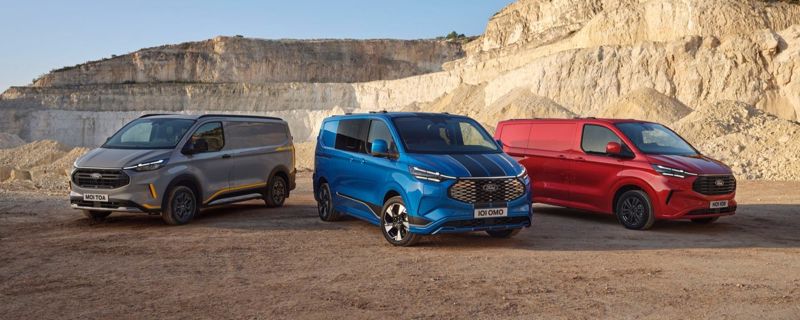Explorer - 261 Promotion
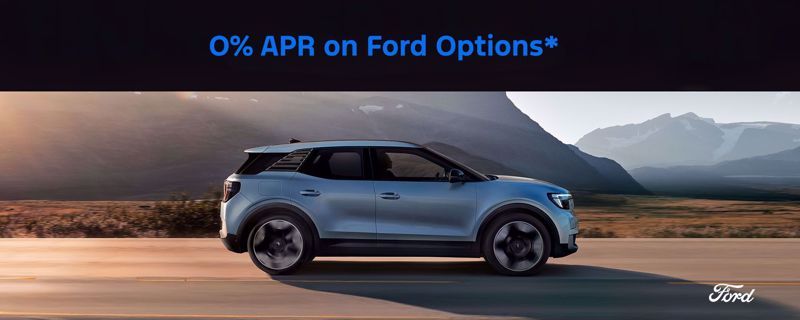

With temperatures set to remain well below freezing across many parts of the country at night and stay very cold during the daytime, driving conditions are set to stay dangerous for the next while.
We have issued their ‘Top 10 Safety Tips’ for motorists driving in snow and ice.
1. Get a grip
Remember the only contact with the road surface is your tyres so it’s vital that they are up to the task in icy and snowy conditions. Check tyres, including spare wheel, to ensure minimum tread depth of 1.6mm and that they are inflated to the correct tyre pressure. Lack of grip can occur even on treated roads so drive slowly in the highest gear possible, manoeuvre gently and avoid harsh braking. Replace tyres if necessary.
2. Make sure you can see
Clear your windows and mirrors before you set out, carry a screen scraper and de-icer. Do not use hot water on the windscreen as it can crack the glass. Replace windshield wiper blades if necessary. De-mist the inside of your windows thoroughly. Make sure your windshield washer system works and is full of an anti-icing fluid.
Remember too that heavy snowfall will reduce visibility! Watch out for grit/salt spreaders and snow ploughs. The glare from the sun can be dazzling in the winter when the sun is low in the sky, so wear sunglasses in these conditions.
3. Check & use your lights
Use your dipped headlights so that others will see you. Make sure your headlights and taillights are all in working order, replace broken bulbs. Make sure lights are clear of snow.
4. Gently does it. Manoeuvre gently, slow down and leave extra distance between you and the vehicle in front
Too much steering is bad and you should avoid harsh braking and acceleration. Use the highest gear possible to avoid wheel spin. Select a low gear when travelling downhill especially if through bends. Falling snow, fog, rain, or hail will reduces visibility. Do not hang on to the tail lights of the vehicle in front of you as it can give a false sense of security. When you slow down, use your brakes so that the brake lights warn drivers behind you.
5. Watch out for "black ice"
If the road looks polished or glossy it could be, "black ice”, one of winters worst hazards. Black Ice is difficult to see! It is nearly transparent ice that often looks like a harmless puddle or is overlooked entirely. Watch out for black ice, especially in sheltered / shaded areas on roads, under trees and adjacent to high walls.
6. Give yourself a brake
If you get into a skid, you need to know if your vehicle has ABS (Anti- Lock Braking Systems). After you "Step" on the brake the ABS begins cycling — you will feel pulses in the pedal or hear the system working. It's easy to properly use antilock brakes: Remember - Step, Stay and Steer. Step on the pedal. Stay on the pedal. Steer around the obstacle. (A warning: A little bit of steering goes a very long way in an emergency).
7. How does your vehicle help?
Check in your owner’s manual and find out if your vehicle has any safety assist technology like Electronic Stability Control (ESC) or Anti Lock Braking System (ABS) and know how they assist you driving in severe weather conditions. Remember technology offers no miracles. Don't let these lull you into overestimating the available traction.
8. Be Prepared!
In prolonged icy or snowy driving conditions it is advisable to carry the following in the boot of the car
a. High Visibility Vest
b. Tow rope
c. Spare bulbs
d. Spare fuel
e. A shovel
f. Appropriate footwear in case you have to leave your vehicle ie boots
g. A hazard warning triangle
h. Spare wheel (with tyre at correct pressure and tread)
i. De-icing equipment (Both for glass and door locks)
j. First aid kit (in good order)
k. A fire extinguisher (fully operative)
l. A working torch
m. A car blanket, additional clothing & some food and water
In preparation for driving you should also ensure:
n. The vehicle is properly maintained, serviced and engine oil viscosity is suitable for cold conditions
o. Have the strength of coolant/antifreeze measured
p. Ensure vehicle has adequate supply of fuel for journey
q. Consider carrying some salt or sand
r. Give someone an estimated time of arrival at your proposed destination. Carry a mobile phone and fully charged power bank if you don’t have a car charger
9. Get informed
Check the weather at Met Eireann, http://www.met.ie
For updates on road conditions and weather alerts visit the Transport Infrastructure Ireland website (https://www.tiitraffic.ie/weather/)
Check radio broadcasts for live weather and Garda updates as you travel
10. Stay at home
The best thing to do in extremely bad weather is to stay off the road. Take heed of warnings not to go out. This leaves the emergency services free to deal with real emergencies instead of rounding up stranded motorists.
NEW VEHICLES | ALL-ELECTRIC FORD EXPLORER

NEW VEHICLES | NEW FORD PUMA GEN-E
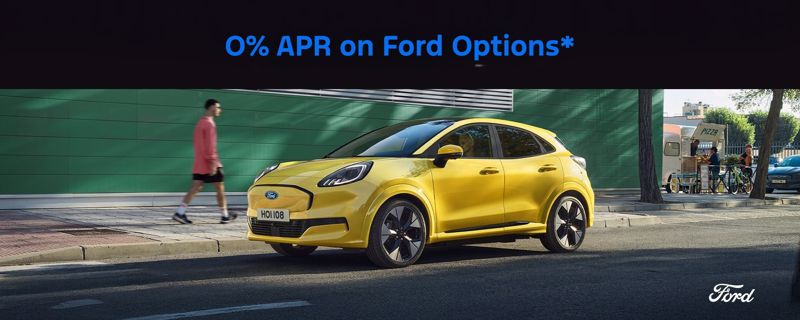
NEW VEHICLES | ALL-ELECTRIC FORD CAPRI
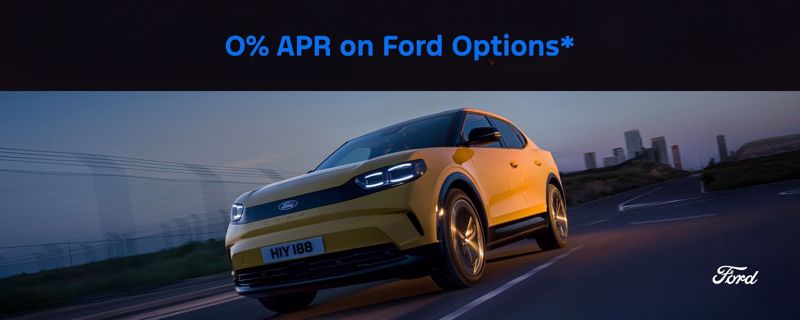
NEW VEHICLES | FORD PUMA

NEW VEHICLES | FORD KUGA
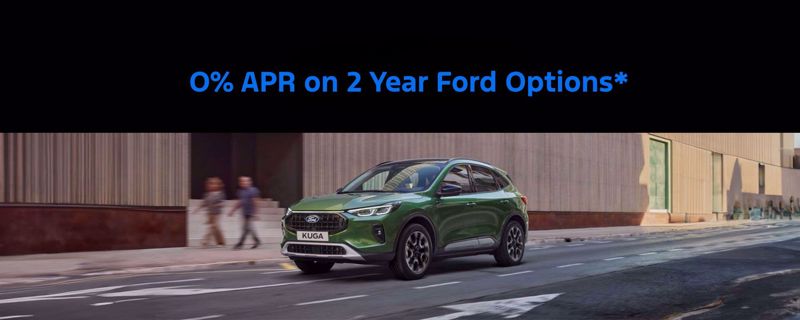
NEW VEHICLES | FORD FOCUS

COMMERCIALS | FORD TRANSIT COURIER
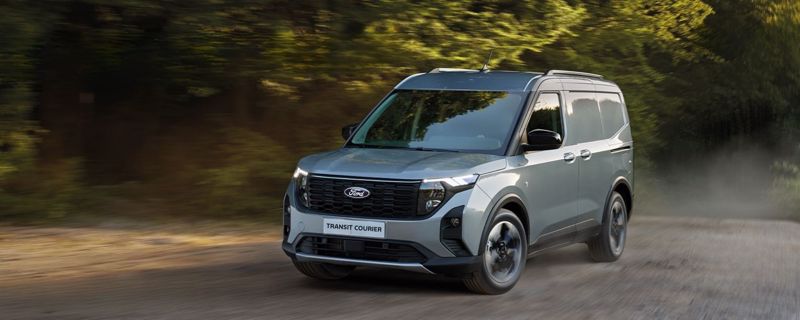
COMMERCIALS | FORD TRANSIT CONNECT
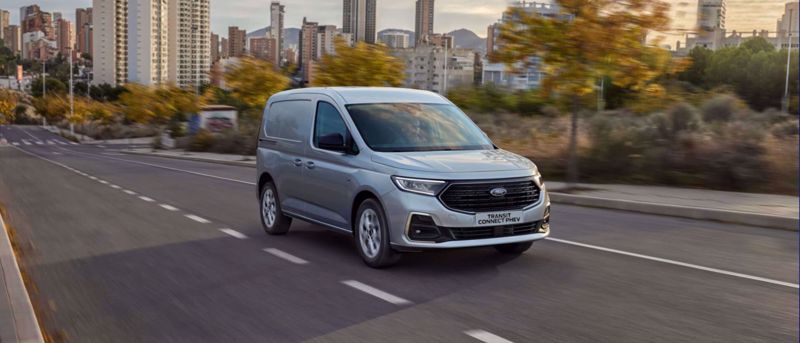
COMMERCIALS | FORD TRANSIT CUSTOM
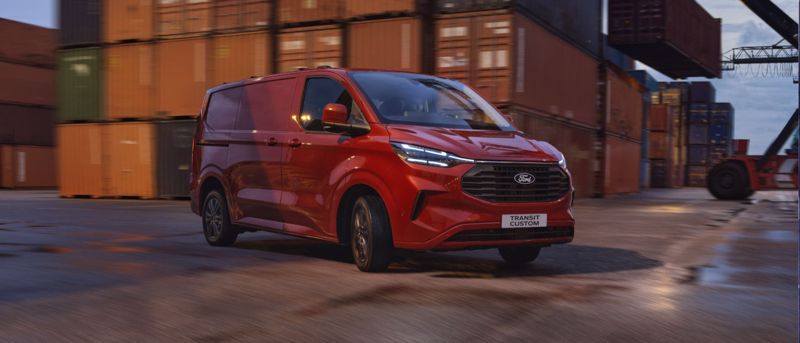
COMMERCIALS | FORD TRANSIT CUSTOM
